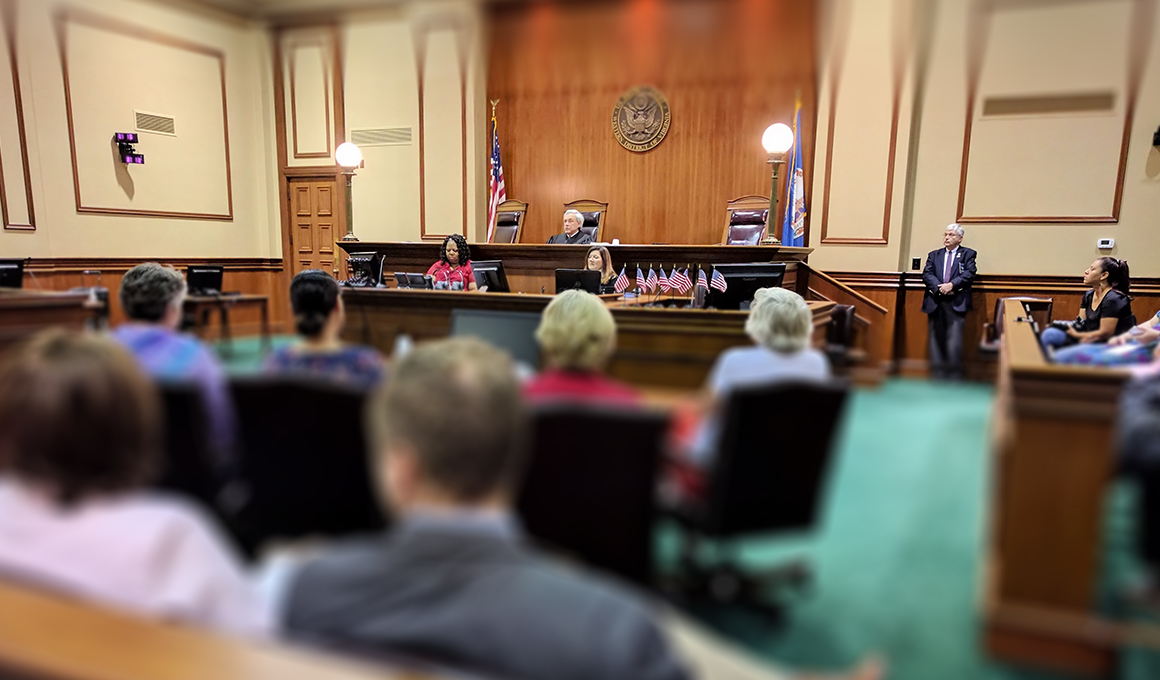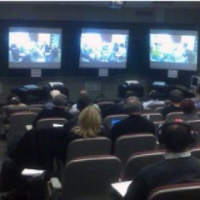Why Strong Test Discussions Are Secret to Lawful Success
The relevance of solid test discussions can not be overstated in the realm of legal practice. The nuances of effectively adapting these presentations to diverse juror backgrounds introduce complexities that warrant more expedition, particularly in the context of attaining beneficial end results in trials.
Relevance of Effective Interaction
Just how can efficient communication form the outcome of a legal test? Reliable communication is critical in a legal setting, as it works as the channel whereby debates, evidence, and legal principles are shared to discretionary. Clear expression of facts and legal criteria permits for a persuasive presentation that can dramatically influence the decision-making procedure. In the court, the capability to present intricate details in an accessible manner is crucial, as court members may not possess a legal history.
In addition, effective interaction promotes rapport and trust fund in between attorneys and their clients, boosting partnership and making sure that all parties are lined up in their goals. It likewise plays an important duty in court selection and involvement, where the capability to get in touch with jurors can impact their receptiveness to the instance. Additionally, non-verbal interaction, such as body movement and eye call, adds to the overall impact a lawyer makes, reinforcing spoken messages.
Ultimately, mastering efficient communication can lead to a more engaging and systematic discussion, raising the possibility of a desirable judgment. Thus, legal representatives should focus on honing their communication abilities as a foundation of their trial prep work and technique.

Crafting an Engaging Narrative
Efficient communication lays the groundwork for crafting an engaging story in lawful tests. A well-structured narrative not only involves the jury however likewise makes clear complex lawful concerns. The goal is to provide the facts in a manner that resonates emotionally and practically with the audience, enabling them to recognize the situation from the customer's viewpoint.
To accomplish this, lawyers must identify the main style or message of the instance, which functions as the backbone of the narrative. Each piece of evidence and witness statement must be woven into this style, reinforcing it as opposed to detracting from it. This develops a cohesive storyline that is easy for the court to follow.
Additionally, the use of relatable personalities-- be it the plaintiff, defendant, or crucial witnesses-- can humanize the instance, making it extra unforgettable. Attorneys must additionally consider the pacing of their narrative, making certain that defining moments are highlighted which the tale unravels in a rational development.
Ultimately, a compelling story transforms the discussion of realities into a persuasive debate, assisting the court towards a beneficial conclusion while ensuring that the intricacies of the legal system stay available and reasonable.
Utilizing Aesthetic Aids
Visual help play a crucial function in boosting the comprehension and retention of details throughout legal trials. By offering intricate information and disagreements visually, attorneys can simplify detailed information, making them extra available to jurors. Charts, graphs, and images can properly illustrate crucial factors, making it possible for jurors to comprehend vital facts rapidly.
Making use of visual aids not just aids in quality yet additionally involves the target market's interest. Jurors are much more most likely to bear in mind info provided visually than via verbal explanations alone. Demonstrating timelines via aesthetic depictions can make clear the sequence of occasions, assisting jurors understand the context of the case.
Furthermore, aesthetic help can assist to highlight disparities in evidence, making them more noticable. When made use of purposefully, they can underscore the stamina of the argument or reveal weak points in the opposite side's instance. trial presentations. The use of technology, such as interactive presentations or computer animations, can better boost engagement and understanding
Engaging the Jury Emotionally
Typically, successful trial presentations call for click now even more than just sensible disagreements and accurate proof; they must also resonate on a psychological level with jurors. Involving the court emotionally can considerably influence their understanding of the case and their ultimate decision. By crafting a story that humanizes the parties involved, attorneys can develop an emotional link that urges jurors to feel sorry for the customers' experiences.
To attain this, lawyers ought to concentrate on storytelling strategies that highlight the individual risks and real-life implications of the situation. This may include sharing poignant stories or utilizing powerful visuals that stimulate feelings of compassion, temper, or unhappiness. Such aspects can assist jurors see beyond the lawful intricacies and recognize the human measurements of the scenario.
Furthermore, using tone, body language, and eye call throughout the discussion can further enhance emotional engagement. A lawyer's authenticity and interest can reverberate with jurors, making them much more receptive to the arguments existing. Eventually, when jurors feel emotionally purchased a situation, they are most likely to bear Going Here in mind the vital messages and deliver a positive verdict. Therefore, psychological engagement is an essential component of a compelling test discussion.
Adapting to Target Market Expectations
Understanding the assumptions of the jury is necessary for a successful trial presentation. Jurors included preconditioned concepts affected by personal experiences and social stories, which can dramatically influence their decision-making. Tailoring your presentation to straighten with these expectations can improve your influential power.

In addition, establishing reliability is vital. Jurors anticipate attorneys to existing evidence and arguments that are not only engaging but likewise ethically sound - trial presentations. This includes being clear regarding the strengths and weaknesses of your instance, which promotes depend on and respect
Finally, prepare for jurors' concerns and problems. Attending to possible questions proactively demonstrates an understanding of their viewpoint and a dedication to quality. By adjusting your presentation to satisfy audience assumptions, you develop an even more engaging story, ultimately boosting the chances of a beneficial decision.

Conclusion
In verdict, solid trial presentations are critical to attaining lawful success. Understanding the art of trial presentation is necessary for legal specialists intending to secure beneficial outcomes.